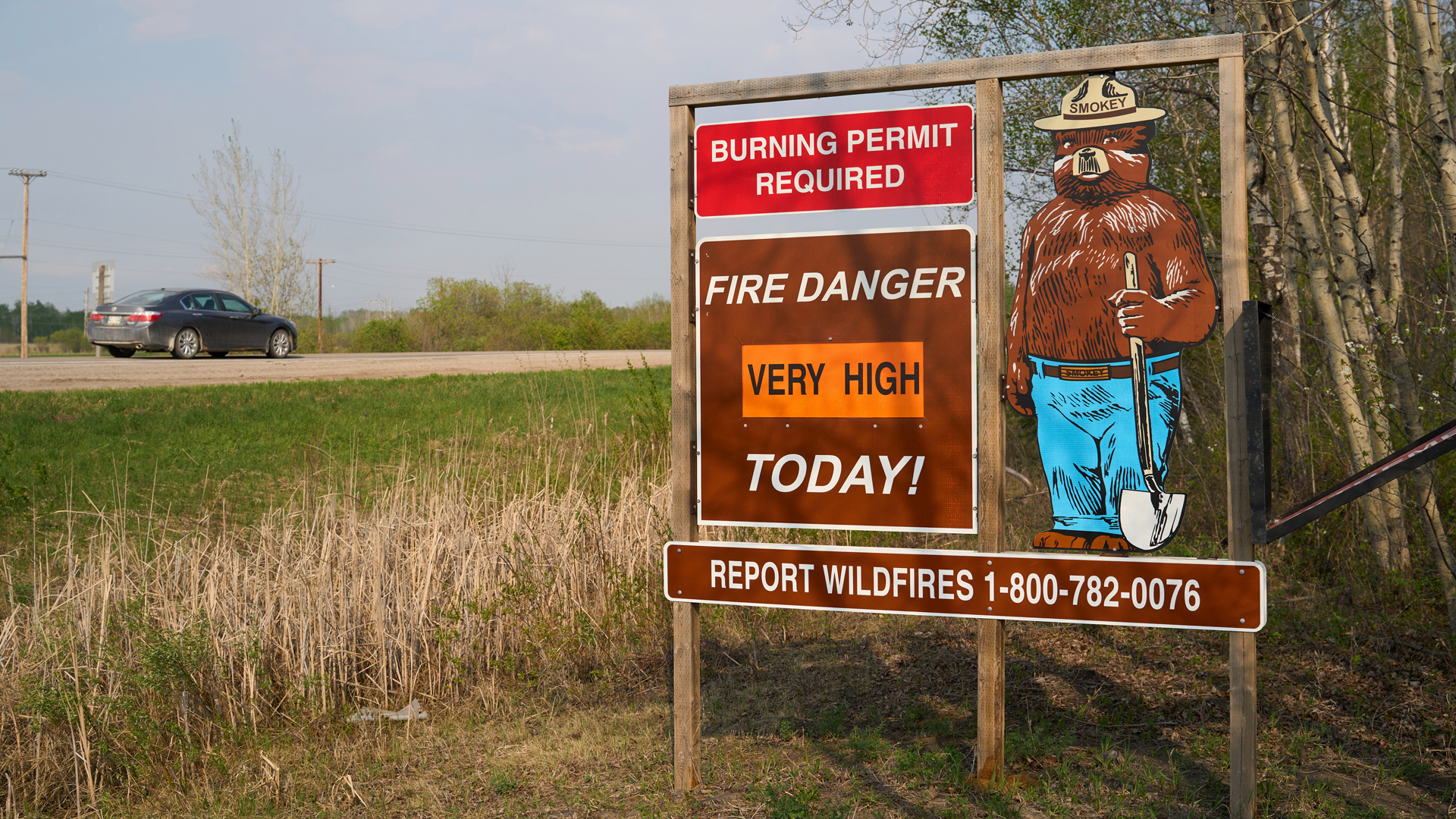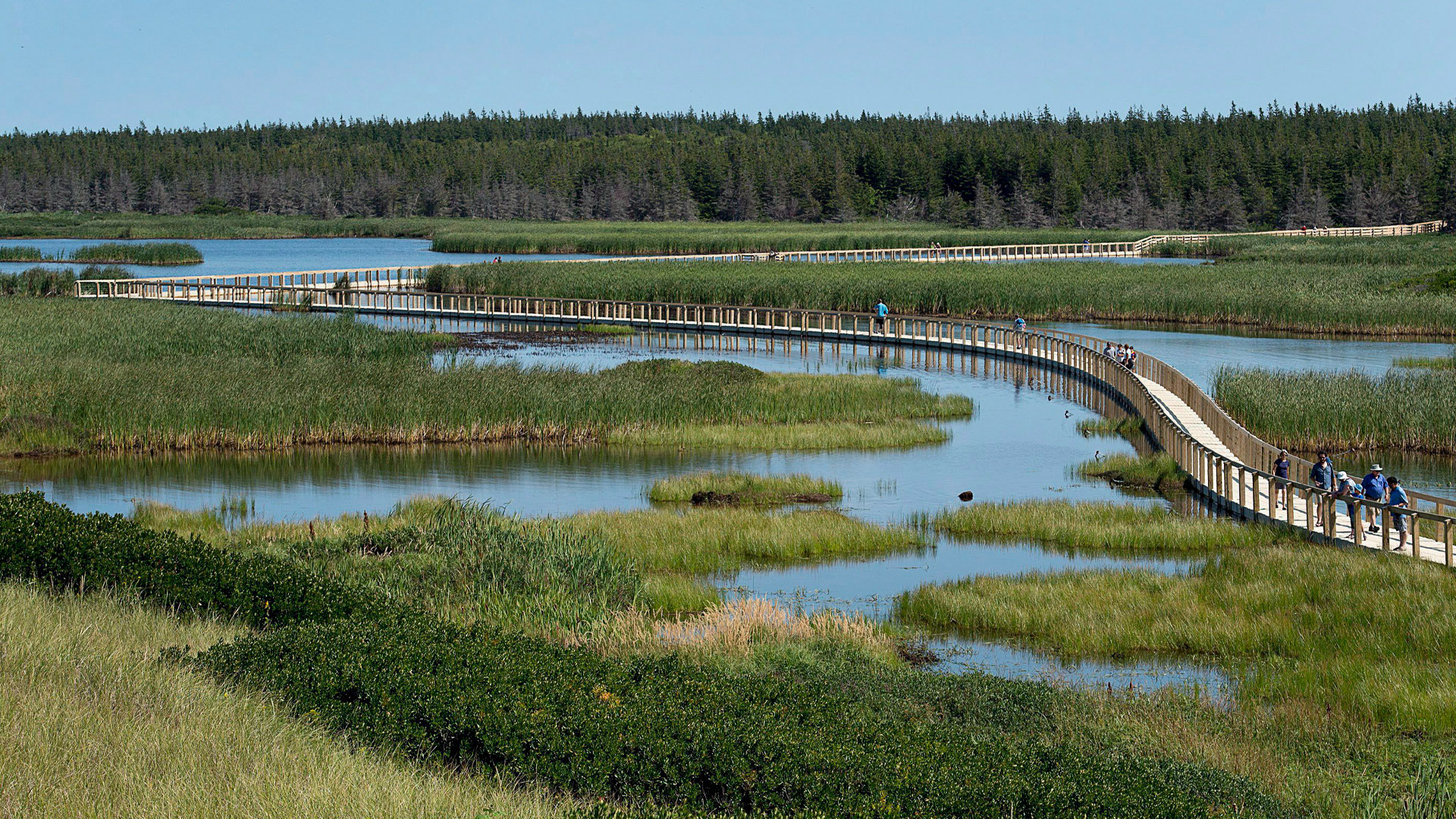
Unprecedented wildfires, floods and storms and the return of droughts in 2023 have made more effective climate change responses urgent while demonstrating the clear need for better measures aimed at protecting the environment.
In Canada, natural assets such as forests, wetlands, biodiversity and wildlife provide an array of ecosystem “services” that are far too often undervalued or go unnoticed in economic policy and regulations. Accurately valuing carbon sequestration, flood regulation, nutrient recycling and other benefits provided by natural assets is vital to reflect the true costs and benefits of new housing and other development projects.
Recognizing the comprehensive financial value of natural assets encourages sustainable housing and other healthy land use.
Major flaws in the current approach
Properly valuing and managing natural assets is crucial to avoid potentially costly policy mistakes, especially given the complexity and adaptivity of economic, natural and other systems. Ill-suited approaches to achieve short-term goals can cause medium and long-term problems including building on floodplains or near fire zones with their future damage risks, housing relocation needs, increased insurance costs, etc. Solutions to address one issue of concern (e.g. housing supply) should not cause deterioration and instability for other essential systems (e.g. critical habitat and biodiversity).
Economically, the degradation of natural assets stemming from housing development can lead to higher costs and long-term losses. The destruction of forests and wetlands can result in significant expenditure for flood prevention infrastructure and water treatment facilities. Such costs can be mitigated or avoided by keeping healthy ecosystems intact. Green infrastructure offers numerous benefits relative to man-made “grey” infrastructure, such as better carbon capture, lower emissions, cheaper costs and greater durability.
Inadequate assessment of the risks to and value of environmental lands was one of the major problems with Ontario’s Greenbelt policy changes in 2022, as identified by the provincial auditor general. Even though the decision to open parts of the Greenbelt for development was reversed in September 2023, the announced rationale failed to place enough emphasis on the value of the Greenbelt’s natural assets and to consider the major benefits of its ecosystem services.
Ontario is not alone. A 2023 Globe and Mail analysis demonstrated the Quebec government’s low valuation of biodiversity in its approval of 98 per cent of development requests in areas with at-risk plant species between 2012 and 2022.
Protecting the integrity of natural assets is foundational to preserving biodiversity and addressing climate change. Forests and wetlands are critical carbon sinks, absorbing CO2 emissions and helping mitigate global warming. Protecting these ecosystems in and around housing projects is a cost-effective strategy for climate change mitigation and adaptation.
Natural assets are also integral to mental and physical health. Numerous studies have shown that exposure to nature reduces stress, improves mood, enhances cognitive function, and boosts overall well-being. Green spaces within residential areas have been associated with lower obesity rates and improved cardiovascular health.
Overlooking the health benefits of natural assets in housing developments leads to reduced quality of life and, indirectly, to future personal and public health expenditures.
Adopting better valuation approaches
Government development policy and regulation needs to integrate the valuation of natural assets into its planning and implementation. The use of tools like natural capital accounting and ecosystem services valuation helps assign a monetary value to these assets, providing a tangible figure to inform policy and improve decision-making.
There are longstanding and internationally accepted ecosystem accounting and asset valuation approaches. They include the statistical framework initially adopted as the United Nations’ System of Environmental Economic Accounting (SEEA) in 2012. The SEEA framework enables the monetary contributions of ecosystems to be assessed and measured in a way that is more easily compared with other goods and services. By 2022, a UN survey showed that more than 34 countries had already used the SEEA’s ecosystem accounting to inform policy.
The application of natural asset valuation and ecosystem services accounting would benefit all three levels of government in Canada and help achieve sustainable development strategies.
At the federal level, Canada can use natural capital accounting to assess and gauge its diverse natural landscapes, calculating economic benefits like carbon sequestration and fisheries contributions. This informs better conservation, resource management, and climate change mitigation decisions by prioritizing ecosystem protection.
At the provincial level, ecosystem services valuation can improve a broad range of resource management practices and land use planning decisions. Examples include British Columbia’s forestry assets where ecosystem valuation could help determine the economic costs and benefits of different logging practices by considering factors like soil erosion prevention, water purification and recreational tourism generated by intact forests.
In Ontario, ecosystem services valuation can assess the benefits of preserving and expanding the Greenbelt. By quantifying the Greenbelt’s ecological services including carbon sequestration, enhanced water quality and habitat preservation, the provincial government may support policies and investments that maintain this vital green infrastructure while simultaneously boosting sustainable urban development.
Municipalities can apply these tools to evaluate urban natural spaces and infrastructure. In Toronto, ecosystem accounting would gauge and highlight the value of rivers, ravines, parks and green roofs. This would inform local policies and green infrastructure investments. Ecosystem services valuation also helps assess urban forests’ value, justifying green space protection and expansion.
Crucial non-monetary benefits and notable international examples
Not all aspects of nature should be monetized. Inclusive and sustainable housing developments reflect the benefits of natural spaces and biodiversity for their cultural or spiritual value as well. Inadequate consultation and reflection of Indigenous values were factors in the errors surrounding Ontario’s Greenbelt policy decision in 2022.
Various jurisdictions in Canada and worldwide are increasingly incorporating the value of natural assets into housing development and urban planning. The B.C. government’s efforts to incorporate natural asset management into the process are encouraging. The town of Gibsons is a leading example. Its asset management policy and plan have formally recognized both natural assets and man-made capital assets for many years now.
Nationally, a 2022 paper supported by more than 60 organizations deserves emphasis for its call to recognize the value of natural assets in public sector accounting and to establish guidelines and standards for their management and valuation.
Internationally, Melbourne’s Urban Forest Strategy aims to increase the city’s canopy cover to 40 per cent by 2040. Its Nature in the City strategy emphasizes integrating nature into urban areas, improving mental health and reducing heat island effects. Singapore incorporates green spaces and biodiversity into its urban planning through the creation of natural parks, gardens, and green corridors to provide habitats for wildlife while offering recreational areas for residents.
Governments in Canada have the opportunity and responsibility to show leadership in how we value and interact with our natural world. This can be achieved with policies to sustain development while protecting crucial habitat and wildlife. By incorporating the true value of natural assets into their balance sheets, governments can create a more sustainable and equitable model in critical areas including housing development.










